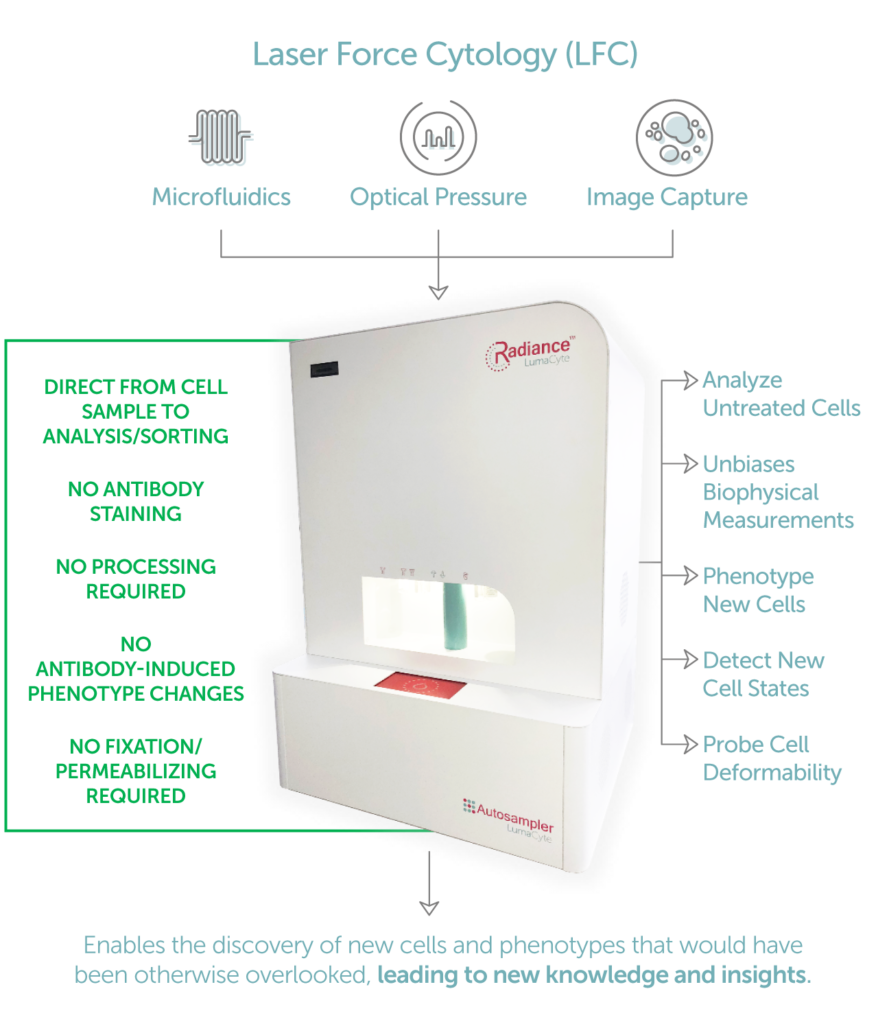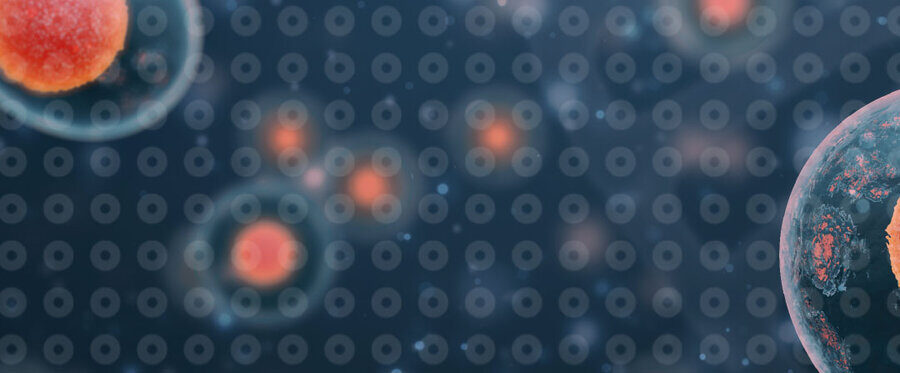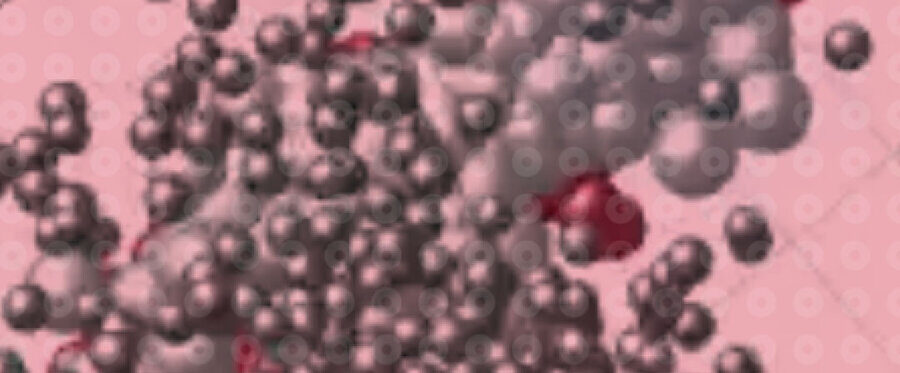Margaret E. McCoy, PhD, JD, Executive Director, Assay Development and Regulatory Affairs & Keya Rodrigues, M S, Quality Assurance Bioengineer
Let’s go back to the basics for a moment and talk about antibodies (Abs). Active and passive Ab immunization has saved millions of lives over the years with therapies that, respectively, induce our own immune system to produce target-specific antibodies, or that harness the quick action and effective power of another’s. Human and animal-model monoclonal and polyclonal antibodies have been used in vitro to understand the phenotypic characterization of cells (fluorescent labels in flow cytometry), identify the presence of protective host immunity (ELISA), determine the presence of proteins of interest (Western blot) and separate proteins from solution (immunoprecipitation) in addition to other numerous and critical research and clinical applications.
Unfortunately, for those of us who have come to rely on specific and reliable laboratory reagents, the use of antibodies can create obstacles to obtaining reproducible results. LumaCyte has created a short video illustrating one of the nuances, the false negative, wherein an antibody cannot be used effectively for detection if the cell surface antigens have been downregulated as happens with certain cancers (1).
Although researchers have understood for years that antibodies can alter the activation state (2) (3) (4) and surface expression of cell surface markers (1) (5), concerns are increasing over reports that without thorough in-house evaluation of each supplier and lot of Ab reagent, non-specific and thus off-target responses are compounding an already uncomfortable truth: without extensive internal validation, antibodies may not be the reliable aides we think they are. With one report citing that the “results of 47 of 53 landmark cancer research papers could not be reproduced” (6) (7), and clinical trials failing due to background research and development based on antibodies (6) (8), there is little justification today to ignore the reality we are now faced with: the shortcomings of antibody-based methods in research. While many commercial antibody vendors do a fantastic job with validation and quality control, the fact remains that others do not, contributing to problems with antibody use.
Further complicating matters is the fact that manufacturers and suppliers still lack the regulations and requirements needed to enforce and maintain standards for Ab production and use in various applications. Even the practice of using isotype controls for flow cytometry has been almost abandoned in many cases as a result of the inherent challenges associated with their validation (10). Some headway has been made, however, with peer-supported online tools for support and guidance for the validation of antibodies (See EuroMAbNET, CiteAb, Antibody Registry, pAbmAbs, antibodies-online and Antibodypedia), as well as the Asilomar Antibody Validation Workshop hosted by the Global Biological Standards Institute (GBSI), where there has been talk of creating independently verified antibody validation standards. But, as of now, the burden still rests on the investigator to fully evaluate the Ab they need for the specific application by supplier and lot. The costs and time associated with the validation can be prohibitive, especially for small labs or those which require large Ab stocks over time and desire reproducible results.
But there are other approaches for applications that do not require the specificity of antibodies. Synthetic antibodies can be completely manufactured in vitro, reducing some of the challenges associated with specificity and reproducibility (11). However, it is estimated that antibodies produced in vitro with recombinant expression systems would cost 10-100 times more than those made with conventional methods (7). Applications with synthetic Ab are also still somewhat limited, but well-defined Ab-protein interactions can be harnessed utilizing synthetic biology. When we more fully understand the reality of Ab-based research today, appreciating the difficulties inherent in the validation, guidance and standards with regards to antibodies and their application, the crossroad to the future inspires us to examine applications where antibodies may not be the only way to achieve reproducible and reliable results.
LumaCyte has addressed these challenges by creating an Ab-free analytical instrument, Radiance, which uses optical force to characterize cells. LFC uses a combination of optical pressure, microfluidics and imaging to sensitively interrogate the biophysical and biochemical properties of individual cells without the use of fluorescent labels or antibodies. Phenotypic changes, including cell differentiation (12) or the response of macrophages to bacterial spores (13) can be measured using optical force. Besides avoiding the time, costs and validation pitfalls associated with antibody use, a label-free approach ensures that cells are measured in their natural state and allows for an unbiased assessment of cell populations. In this context, the specificity of antibodies can be seen as a limitation: the antigenic changes they can measure are dictated by the antigen they target, and thus are biased by what is known. In contrast, an a priori label-free approach enables the discovery and characterization of new cells and phenotypes that could have been otherwise overlooked, leading to new knowledge and insights.





